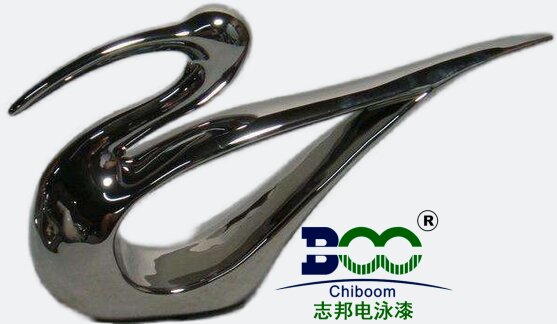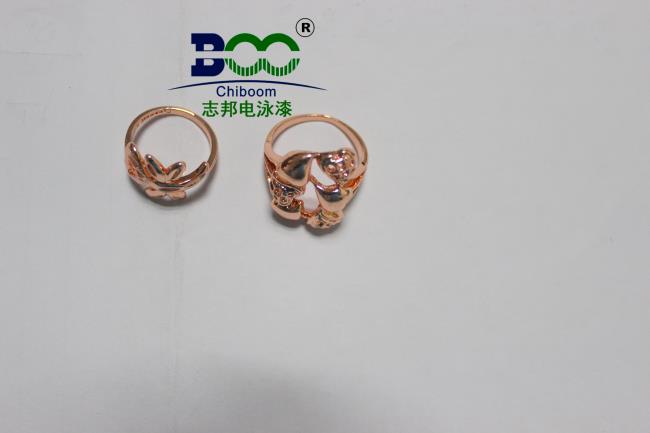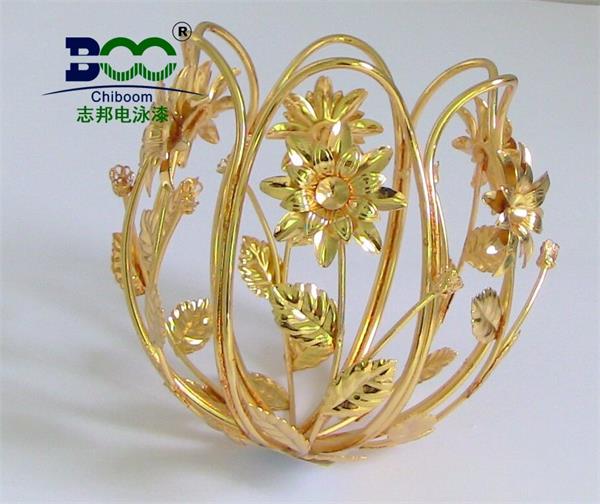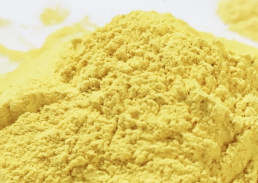National standard for electrophoretic paint thickness?
National Standard for Electrophoretic Paint Thickness: Ensuring Coating Quality and Industry Norms
As an efficient coating technology, electrophoretic paint plays a pivotal role in modern industrial production. To ensure the quality of electrophoretic coating, various countries have established corresponding standards to regulate the requirements for electrophoretic paint film thickness. This article will focus on the national standard for electrophoretic paint thickness in China, analyzing its impact on coating quality and industry norms.
Firstly, let's understand the basic principles of electrophoretic paint. Electrophoretic paint utilizes an electric field to cause charged particles to migrate and deposit on the surface of a substrate in an electrolyte solution, forming a uniform and dense paint film. This coating technology boasts advantages such as uniform coating, strong adhesion, and excellent corrosion resistance, making it widely used in industries like automobiles, home appliances, and hardware.
Regarding the requirements for electrophoretic paint film thickness, China has established corresponding national standards. According to these standards, the film thickness of electrophoretic coating generally ranges from 12μm to 25μm. This range is comprehensively determined based on factors such as the coating performance, corrosion resistance, and adhesion of electrophoretic paint. Additionally, the standards stipulate that the film thickness difference between coated workpieces of the same batch should not exceed 10%, ensuring the stability and consistency of coating quality.
However, in actual production processes, customers often have specific film thickness requirements based on their needs. Especially in precision industries such as high-end vehicles and electronic products, customers have stricter requirements for the film thickness of electrophoretic coating. To meet these demands, manufacturers need to finely adjust the electrophoretic paint process under the premise of ensuring coating quality to achieve the film thickness range specified by customers.

Moreover, there are also international standards for electrophoretic paint film thickness, such as ASTM in the United States, JIS in Japan, and EN in Europe. These standards have slightly different film thickness requirements, but they generally fall within the range of 18μm to 35μm. Understanding and adhering to these international standards helps the Chinese electrophoretic paint industry align with international standards and enhance its competitiveness.
The establishment and implementation of national standards for electrophoretic paint thickness are crucial for safeguarding coating quality and industry norms. Firstly, they ensure the basic properties of electrophoretic coating, such as corrosion resistance and adhesion, thereby improving the service life and reliability of products. Secondly, standards help regulate the market order, preventing unscrupulous manufacturers from passing off inferior products and harming consumer interests. Finally, by aligning with international standards, the Chinese electrophoretic paint industry can continuously improve its technological level and promote healthy industry development.
Of course, with technological advancements and market changes, the national standard for electrophoretic paint thickness also needs continuous revision and improvement. For instance, with the development of new electrophoretic paint materials and coating processes, it may be necessary to adjust the film thickness range or add new performance requirements. Additionally, as environmental awareness increases, environmental protection requirements during electrophoretic coating processes should also be included in the standard system to promote green production.
In conclusion, the national standard for electrophoretic paint thickness serves as a crucial foundation for ensuring coating quality and industry norms. By adhering to this standard, manufacturers can ensure the quality and performance of their products, meet customer needs, and enhance their competitiveness in the market. Simultaneously, the industry should also pay close attention to market and technological developments, continuously improving the standard system and promoting the sustainable and healthy development of the electrophoretic paint industry.





 WeChat
WeChat